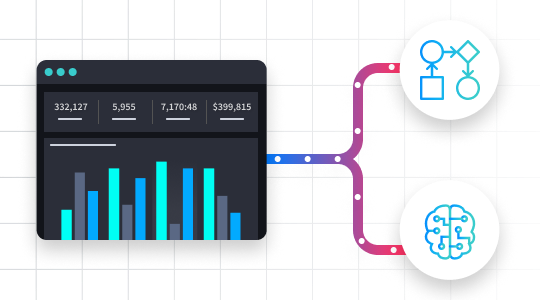Foundational Flaws: How Simple Security Missteps Cost You
Every security leader has witnessed it firsthand: massive investments in tools and talent, yet a single missed patch or outdated access list proves to be the weak link that leads to an incident. These aren’t the headlines about sophisticated adversaries or zero-day exploits; they’re the quiet failures that stem from neglecting the basics.
Even in 2025, organizations continue to struggle with the fundamentals. Our recent report, Cracks in the Foundation: Why Basic Security Still Fails, highlights a striking truth: gaps in cyber hygiene, such as patching, access management, and vendor oversight, continue to drive risk and operational inefficiency across industries.
The Human Element Remains Our Greatest Variable
Technology continues to advance, but people remain the most unpredictable part of any security program.
- Over half of organizations (52%) cite the human aspect of security as their greatest challenge, including inconsistent training, poor awareness, and outdated incident response plans.
Operational rigor is also lagging.
- Only 33% of organizations conduct continuous user access audits.
- And just 36% monitor third-party vendors.
These process gaps create quiet opportunities for attackers to exploit long before an alert ever fires. It’s a reminder that even the most sophisticated security stack can’t compensate for lapses in execution.
Cyber Hygiene Deserves Board-Level Attention
Despite its critical importance, cyber hygiene often struggles to earn executive mindshare.
- Only 32% of respondents said it’s a top C-suite priority, while flashier digital transformation projects dominate attention.
The irony is clear:
- 66% of organizations experienced at least one incident in the past year.
- And 92% said stronger hygiene could have prevented it.
Leadership visibility is key. When executives see how foundational practices directly impact operational resilience and business continuity, they begin to view cyber hygiene as a strategic enabler, not an afterthought.
Delays and Inconsistencies Compound Risk
Basic processes, such as patch management, reveal a great deal about an organization’s security culture.
- Just 27% of companies remediate critical vulnerabilities within 24 hours, while nearly a quarter take 8–30 days.
Combined with quarterly or slower access reviews, these delays stretch the window of exposure for threat actors. The reality is that attackers don’t need cutting-edge exploits; they rely on inconsistency. Strong governance, automation, and accountability transform hygiene from a recurring pain point into a repeatable process.
AI and Automation are Strengthening the Foundation
The encouraging news is that AI and automation are shifting this dynamic.
- 84% of respondents say automation improves cyber hygiene.
- And 64% report AI initiatives have renewed their focus on security fundamentals.
This isn’t just about doing things faster; it’s about doing them better and more consistently. Automation ensures that the tasks teams know they should be doing, patching, auditing, reviewing, actually happen at scale and on time. It’s how operational excellence becomes sustainable.
The Road to Continuous Cyber Resilience
As security leaders, it’s tempting to chase the next significant threat vector or technology trend. However, resilience doesn’t start at the edge; it begins with the basics. The organizations that thrive are those that treat hygiene not as mere maintenance, but as a strategic approach.
In a world where every misstep can become a headline, the fundamentals aren’t just table stakes; they’re the accurate measure of maturity.
TL;DR Perspective for CISOs
Stop treating cyber hygiene as mere IT maintenance. It is a strategic enabler and the true measure of your organization’s maturity. The lack of C-suite prioritization for cyber hygiene basics (only 32% top priority) is directly linked to the fact that 66% of organizations experience an incident. Prioritizing fundamentals is the most effective way to build resilience and earn executive trust and respect.

Why Security Basics Still Fail
The Cracks in the Foundation report, based on insights from 500 IT and security decision-makers, reveals persistent gaps in cyber hygiene and how AI and automation are poised to finally close them.



